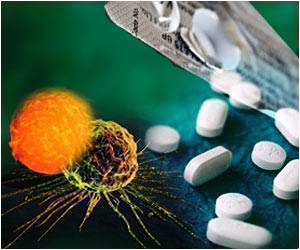Discover how Chernobyl's mutant wolves have adapted to radiation, potentially unlocking new cancer treatment pathways.
- Chernobyl mutant wolves display radiation resilience and anti-cancer traits
- Nuclear radiation alters immune systems causing genetic mutations that offer protection against increased cancer risk
- Emphasizes the protective mutations as a foundation for developing innovative cancer therapies
Mutant Chernobyl wolves evolve anti-cancer abilities 35 years after nuclear disaster
Go to source).
The Chernobyl Exclusion Zone
Following the catastrophic nuclear reactor explosion in 1986, the Chernobyl Exclusion Zone was established to prevent further radiation exposure. This vast area, measuring 1,000 square miles, was cordoned off to protect human populations from the harmful effects of nuclear radiation.Over the years, however, nature has made a remarkable resurgence in the region, with wildlife recolonizing the area and adapting to the challenging conditions posed by radiation.
Radiation Exposure and Adaptation
Princeton University researchers, led by evolutionary biologist and ecotoxicologist Cara Love, embarked on a study to understand how the wolves of Chernobyl not only survive but thrive despite generations of radiation exposure.Using specialized GPS collars equipped with radiation dosimeters, the research team obtained real-time measurements of the wolves' location and the extent of their radiation exposure. Astonishingly, the Chernobyl wolves were found to be exposed to levels of radiation exceeding six times the legal safety limit for the average human worker.
Did You Know?
Scientists discovered a fungus inside Chernobyl that can ‘eat’ radiation and even turn it into energy which could help clean disaster sites and enable spaceflight.
Radiation-Resistant Wolves in Chernobyl Spark Hope
Love's study revealed that the wolves within the CEZ exhibited altered immune systems, reminiscent of cancer patients undergoing radiation treatment. This unexpected finding raised the question of whether these wolves possessed genetic mutations that conferred a degree of resilience to the detrimental effects of radiation.Unlike human research that often identifies mutations associated with increased cancer risk, Love's work aimed to pinpoint protective mutations that enhance the odds of surviving cancer.
Specific regions of the wolf genome were identified as potentially resilient to increased cancer risk. This groundbreaking discovery opens up new avenues for understanding the genetic mechanisms that can protect against the harmful effects of radiation and, by extension, cancer. The study challenges conventional thinking by focusing on protective mutations that may serve as a basis for developing novel cancer treatments.
Read More to Know About ‘Inhibiting Protein Family Helps Mice Survive Radiation Exposure’
Challenges and Future Directions
Despite the promising findings, the researchers face challenges in continuing their work in the Chernobyl Exclusion Zone. Ongoing conflicts and the global COVID-19 pandemic have hindered their ability to return to the region for further studies. Nevertheless, the priority remains on ensuring the safety of both researchers and collaborators in the area.The story of the Chernobyl wolves and their potential anti-cancer abilities represents a remarkable example of nature's resilience and adaptation in the face of adversity. The potential implications of this cancer research and treatment are both exciting and promising, offering a glimmer of hope in the aftermath of one of the world's worst nuclear disasters.
Reference:
- Mutant Chernobyl wolves evolve anti-cancer abilities 35 years after nuclear disaster - (https://www.newswise.com/articles/mutant-chernobyl-wolves-evolve-anti-cancer-abilities-35-years-after-nuclear-disaster)
Source-Medindia














